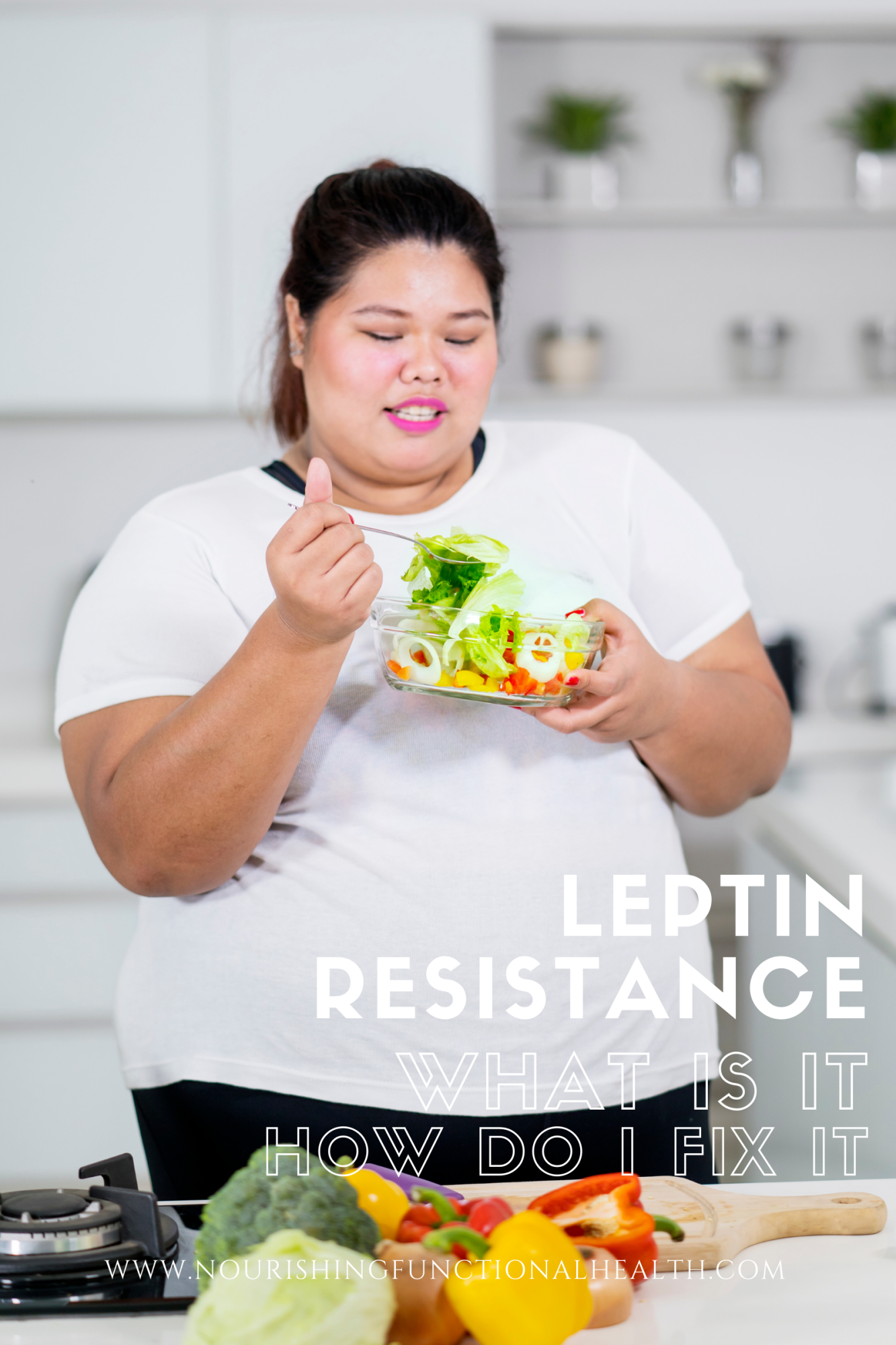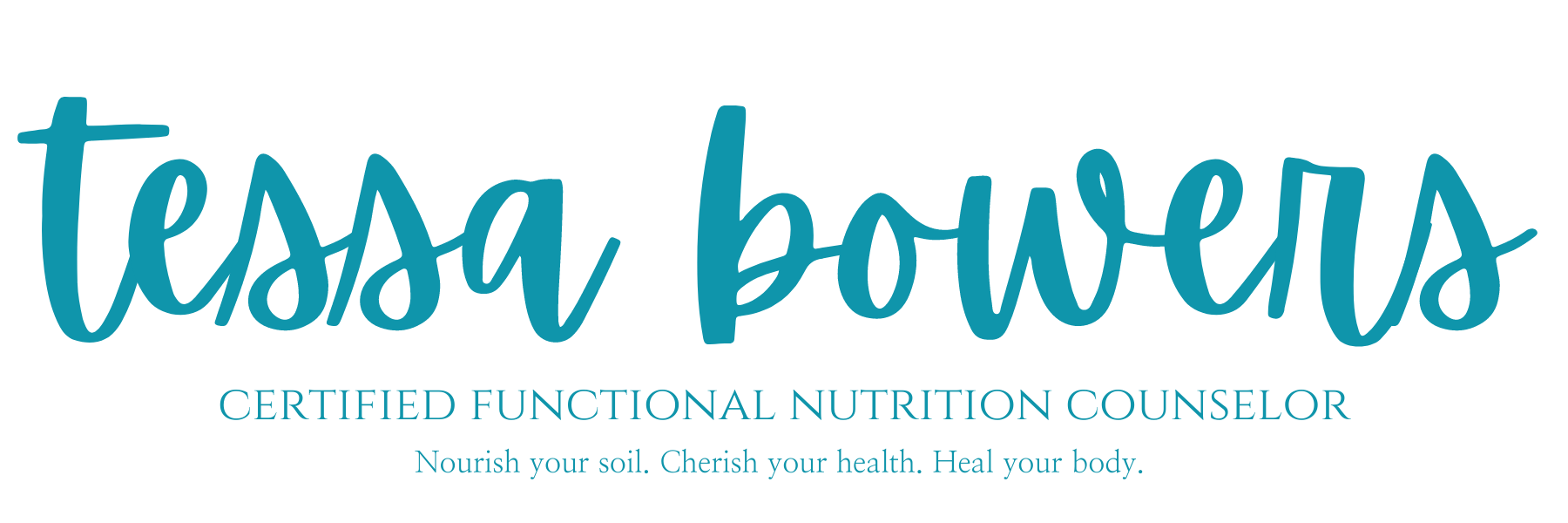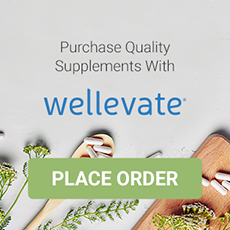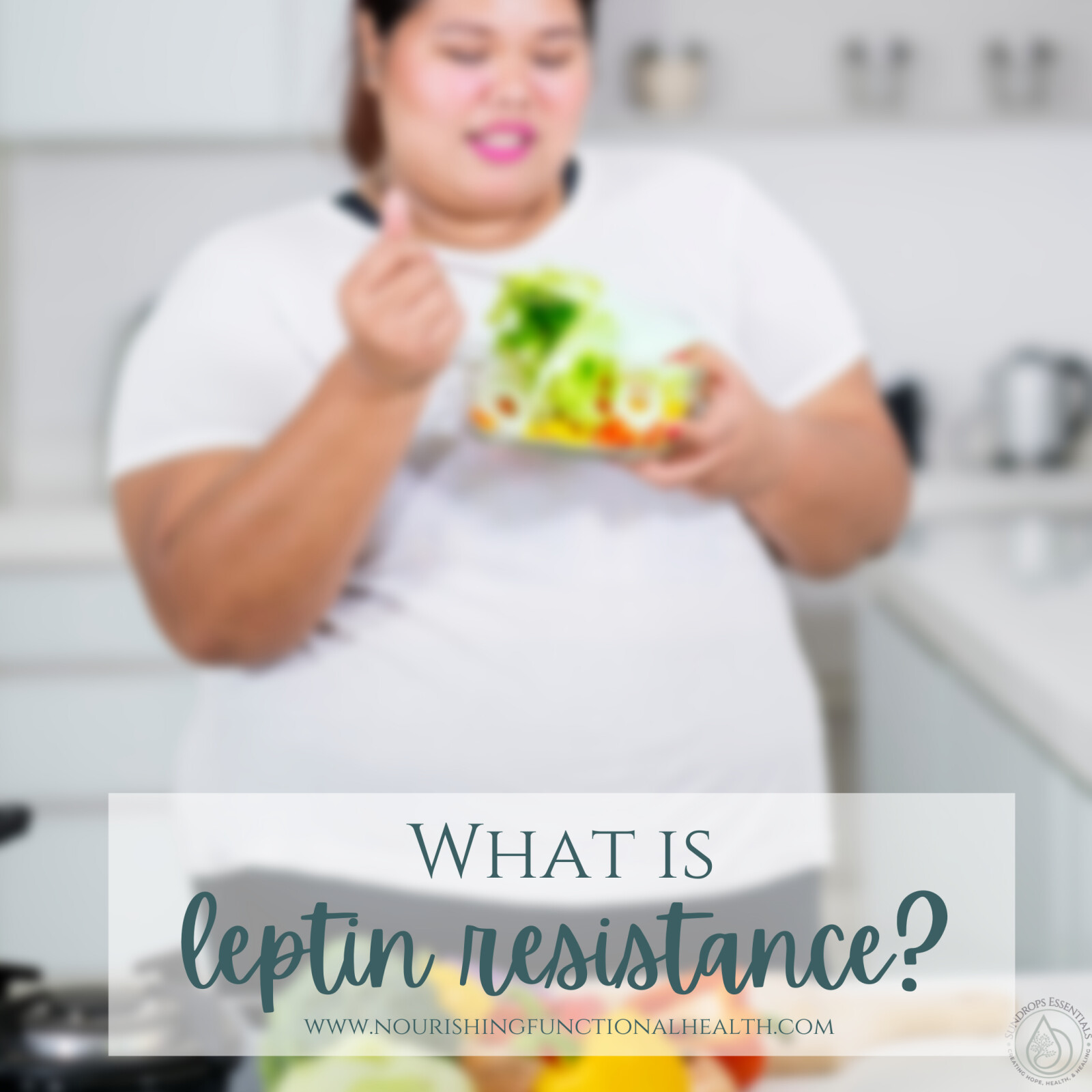

LEPTIN RESISTANCE &
CHRONIC ILLNESS
Leptin is a hormone secreted by our fat cells and it plays
Leptin is a hormone secreted by our fat cells and it plays
an important role in energy balance and regulation of body weight.
Leptin’s main function is to interact with the brain and signal how
Leptin’s main function is to interact with the brain and signal how
much chemical energy is stored as fat. Based on this signal,
the brain alters how much energy we take from food and
expend on processes which are not required for immediate
survival such as growth and reproduction.
The more fat tissue we carry, the more leptin we produce. When Leptin acts on the brain, it suppresses calorie intake (reduced consumption of food/drinks) and increases energy expenditure (burning more calories by releasing heat energy). Disruption to the function of Leptin is associated with weight gain and obesity.
The more fat tissue we carry, the more leptin we produce. When Leptin acts on the brain, it suppresses calorie intake (reduced consumption of food/drinks) and increases energy expenditure (burning more calories by releasing heat energy). Disruption to the function of Leptin is associated with weight gain and obesity.
WHAT CAUSE'S LEPTIN RESISTANCE?
Leptin resistance usually develops over time due to three factors: too little sleep, too much stress and too much of the wrong foods. Other factors that can contribute to its development include:
Overeating
High insulin levels
High triglyceride levels
Too much sugar, especially high-fructose corn syrup
Toxin overload
Mycotoxin Illness
Biotoxin Illness
High stress and resulting high cortisol levels
Yo-yo dieting (alternating starvation with binge eating, especially)
Too little sun or time spent outdoors
Too little or too much exercise
Excessive snacking, especially late-night snacking and snacking on high-fructose, simple carbohydrate, overly processed foods
High stress and resulting high cortisol levels
Yo-yo dieting (alternating starvation with binge eating, especially)
Too little sun or time spent outdoors
Too little or too much exercise
Excessive snacking, especially late-night snacking and snacking on high-fructose, simple carbohydrate, overly processed foods
Besides acting as a hormone that regulates energy balance, Leptin also causes inflammation.
As if the leptin resistance wasn't bad enough, if you are struggling with Chronic Inflammatory Response Syndrome (CIRS), Mycotoxin Illness, Biotoxin Illness, or other chronic illness it is not uncommon to have an elevated MMP9 level. Matrix metallopeptidase 9 is an enzyme that is encoded by the MMP9 gene. Proteins of the this family are involved in the breakdown of extracellular matrix in normal physiological processes, such as embryonic development, reproduction, and tissue remodeling, as well as in disease processes.
Elevation of the MM9 value have been found in COPD, rheumatoid arthritis, astherosclerosis, cardiomyopathy, and abdominal aortic aneurysm. To much MMP-9 delivers inflammatory elements in to the blood which then delivers the inflammation into solid organs such as the brain, lung, muscle, peripheral nerve and joint.
HOW DO I IMPROVE MY LEPTIN RESPONSE?
The non-negotiable) factors that will help improve leptin response are:
1. Say no to sugar. Eat little to no simple starches, refined foods, sugars, and fructose. Eat quality carbs from veggies instead.
2. Get enough protein and fat. Consuming a large amount of protein and healthy fats with fiber, first thing in the morning, as soon after waking as possible. This promotes satiety and gives the body the building blocks to make hormones. This combination will also help to support your adrenal glands and your blood sugars.
3. Get regular sleep. This step may be more important than all the rest combined. (Yes, really!) Be in bed by 10 (no excuses) and optimize your sleep!
4. Spend time in nature. Get outside during the day, preferably barefoot on the ground, in mid-day sun with some skin exposed.
5. DON’T SNACK!!! When you are constantly eating, even small amounts, during the day it keeps your liver working and doesn’t give hormones a break. Try to space meals at least 4 hours apart and don’t eat for at least 4 hours before bed. This includes drinks with calories but herbal teas, or water.
6. Don’t workout at first. If you are really leptin resistant, this will just be an additional stress on the body. Let your body heal a little first, then add in the exercise. Change how you exercise. When you do exercise, start with movement such as walking, yoga, or swimming. This is not a cardio race, it adds stress to your body. Work up to occasionally doing only sprints and weight lifting. High intensity workouts and weight lifting, on the other hand, give the hormone benefits of working out without the stress from excess cardio and are great after the first few weeks. Also, work out in the evening (but not within 2 hours of bedtime), not the morning, to support hormone levels.
7. Detox. Remove toxins from your life as these are a stress on your body. Get rid of processed foods, commercial deodorants, and switch to natural cleaning products. Grab my Free Seven Reasons I Ditched Candles guide to help inspire your transition.
8. Increase omega-3, lower omega-6. Eat (or take) more omega-3s by eating fish, grass-fed meats, or chia seeds) and minimize your omega-6 consumption (vegetable oils, conventional meats, grains, etc,) to get lower inflammation and help support healthy leptin levels. If you have CIRS, sometimes healthy Omega-6's are incorporated into your treatment plan based on
9. IF you have leptin resistance AND an elevated MM9, it may be recommended that you follow a no-amylose diet to help bring this level down as part of your treatment program.
The goal of this diet is to avoid foods that contain amylose and glucose which in turn cause a rapid rise in blood sugar when ingested. The diet is really fairly easy to follow and does not require you to count calories or measure portion sizes. You might even be surprised at the foods that are on the list of allowed foods for you to enjoy. While lima beans and butternut squash are full of starch, amylose isn’t one of them, and you are free to enjoy these starchy vegetables as often as you like.
NO-AMYLOSE DIET FORBIDDEN FOODS
▫️Roots and tubers including white and sweet potatoes, beets, peanuts, carrots, and other vegetables that grow underground. The exception here is onions and garlic.
▫️Bananas (the only forbidden fruit).
▫️Wheat and wheat-based products including bread, pasta, cakes, and cookies.
▫️Rice.
▫️Oats.
▫️Barley.
▫️Rye.
▫️Foods with added sugar, sucrose, corn syrup, or maltodextrin.
ALLOWED FOODS
Allowed foods include basically anything that is not on the list of forbidden foods including:
▫️Corn >> I actually don't recommend Corn as it is inflammatory and often full of toxins our body is unable to properly metabolize. If you choose to include corn in your diet, please make sure it is non-GMO only.
▫️Onions.
▫️Garlic.
▫️All vegetables that grow above the ground including lettuce, beans of all types, peas, cucumbers, and celery.
▫️All fruits except bananas.
▫️Meat, fish, and poultry.
▫️Condiments (avoid low-fat varieties as they usually contain added sugar).
▫️Spices.
▫️Eggs.
▫️Dairy (avoid sugar-laden products).>> I do not recommend dairy in my chronic illness clients due to the inflammation it causes/creates
▫️Nuts.
▫️Sunflower, pumpkin, and squash seeds.
Do not starve your self or your body, but listen to what it says to you. If you start eating 4 eggs a day and you didn't before and you begin to experience problems, then back it up. Diets are not a one size fits all, what works for some may not work for you. This diet allows for sufficient quantities of food so that you won’t be hungry and can actually enjoy good-tasting, high-quality meals. It just involves adjusting some of our habits and thought patterns when it comes to food.
The other benefit of this diet is that it is also a gluten-free diet. The avoidance of wheat, oats, rye, and barley is the same for both diets. If you have also been advised to be on a gluten-free diet, no adjustments need to be made in order for you to eat gluten-free. Just follow the 0 amylose rule and you will automatically be avoiding gluten-containing products. One key difference to note is that this diet does not allow rice while gluten-free products often use rice as a substitute for wheat. This makes the no-amylose diet slightly more restrictive than a no-gluten diet.
Are you struggling with undiagnosed (or diagnosed) chronic illness? Have you lived or worked in a space that has had water intrusion? Join my support group today and learn how to take control and feel better:




























0 Comments